
Gender & Diversity
-
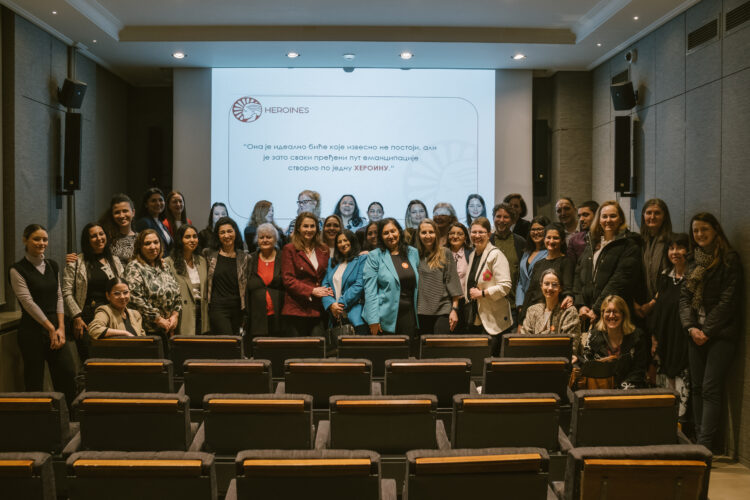
Stories of self-determination
The HEROINES project shows how citizens can help shape social change through research. In 2025, it was awarded the European Union Prize for Citizen Science.
-

The Transformation of Gender Binarism – FOUNDING LAB Student Interview
Mar Osés (ES) – one of the 75 FOUNDING LAB students – presenting a theoretical contextualization of the downfall of the gender system.
-
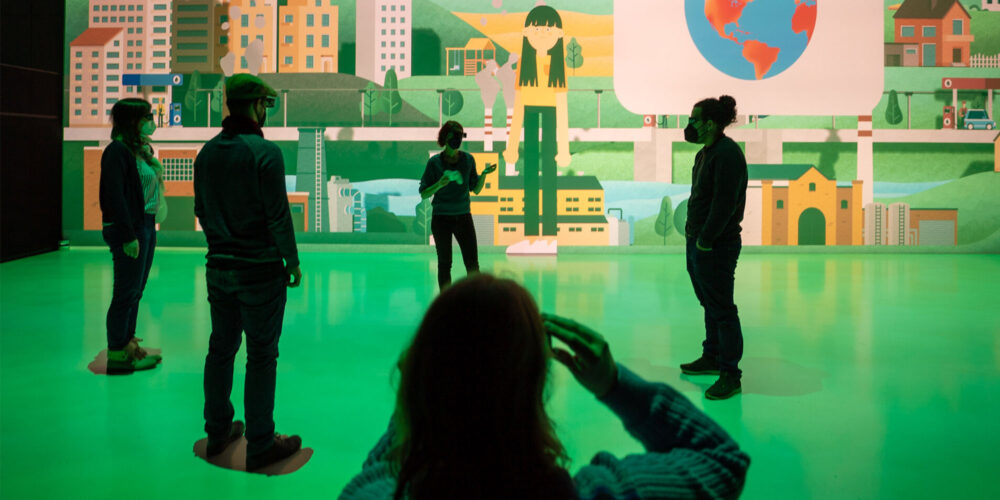
Society? That’s us!
It’s the third pillar of Ars Electronica, and we’re all a part of it: In part three of our annual review, we’ll tell you what the “Society” in our name stands for.
-

Earth4All: It is not too late
50 years after “The Limits to Growth” Club of Rome with “Earth4All” warns about the consequences of social inequality for our planet: A Survival Guide for Humanity
-
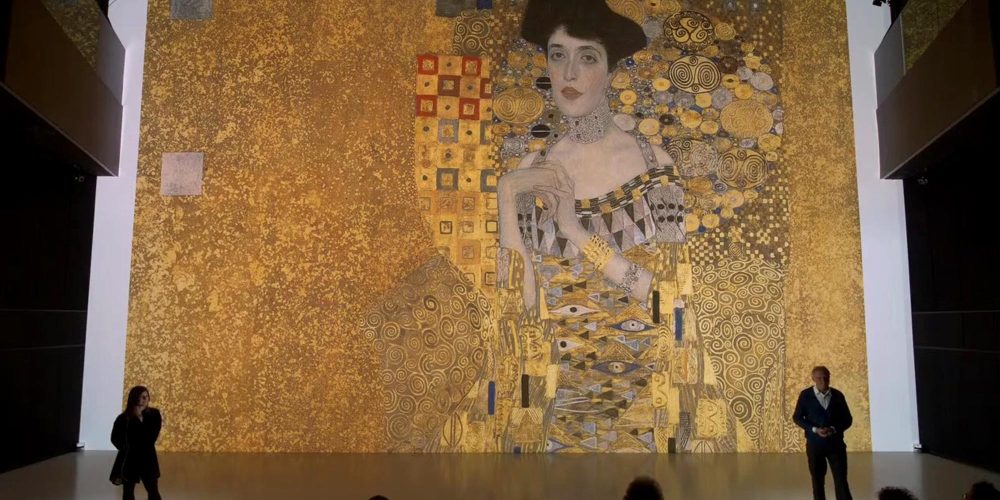
The Woman on the Picture
Gustav Klimt and Rebecca Merlic placed the image of the woman at the centre of their artistic work – an analysis.
-

Merlic meets Klimt – the image of women then and now
On April 28, 2022, Gustav Klimt’s images of women will be in the spotlight. In this article, Franz Smola and Rebecca Merlic give you an insight into the topic of images of women.
-
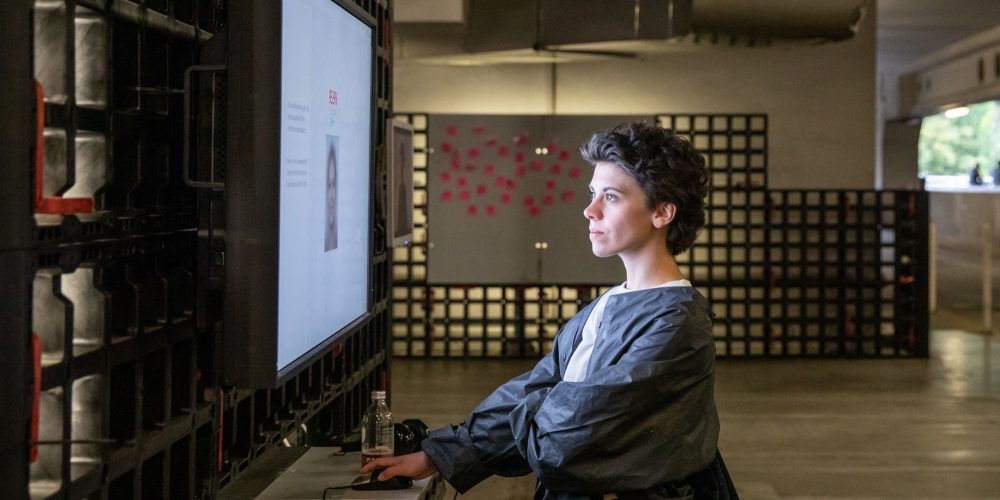
Women in Media Arts: Does AI think like a (white) man?
“Women in Media Arts” is an Ars Electronica database specifically dedicated to women in media arts. In this series, we introduce you to female media artists and their work, starting with the question: Does AI think like a (White) man?
-

Feminism and Climate Change: UCLA at the 2017 Ars Electronica Festival
The Campus exhibition that Linz Art University has hosted during the Ars Electronica Festival since 2002 extends an invitation to an art college from a foreign country to come to Linz and showcase the work being done there. This year’s guest is the University of California at Los Angeles. In this interview, Professor Victoria Vesna…
-
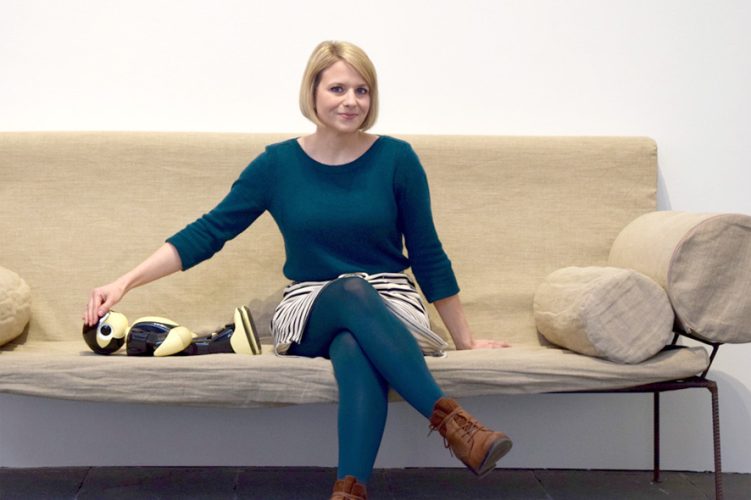
Martina Mara: “More Women in Robotics!”
Even in the 21st century, robotics R&D is still a male domain. On the occasion of International Women’s Day, we discussed this issue with Martina Mara of the Ars Electronica Futurelab. She’s a media psychologist and director of robo-psychology.
-
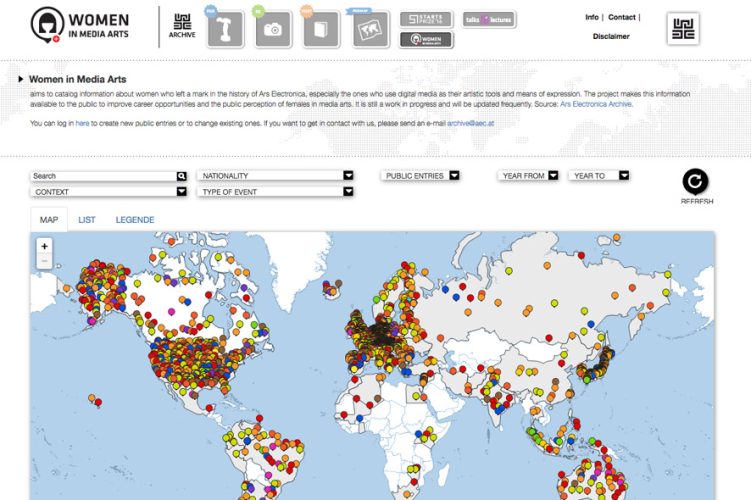
Women in Media Arts
Ars Electronica launched an online database especially for women in media arts in September 2016. Women in Media Arts now makes it possible for users themselves to input information and modify the database’s entries about female artists. Here, project manager Florina Costamoling provides a brief introduction to the database designed to be used by, among…